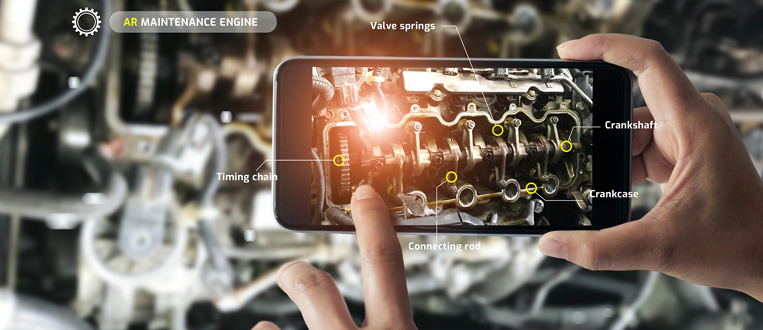

Digital applications in manufacturing are not only becoming increasingly accepted; they are expected. However, for smaller manufacturers, the process of making this switch can be daunting. Initial expenses, as well as the cost of training employees, is enough to stop the process altogether.
But beginning the process of “going digital” doesn’t have to be overwhelming. With a little guidance and education, all manufacturers can start to implement digital manufacturing concepts in a staged approach that best fits your individual work environment. Here are our top five recommendations for digital applications that can help you get started.
Since 2010, the percentage of business that is conducted digitally has grown from 4% to almost 12%, and that trend is expected to continue. Finding an integrated way to analyze both business and IT metrics is key to optimizing the experience of this growing enterprise. Enter data performance management.
The ability to gain real-time, multi-departmental insights through data performance management is a simple way to increase the effectiveness of your business decisions — and increase revenue and customer loyalty. With a simple way to measure metrics, as well as a common language for all departments, the facilitation and dissemination of information is simplified, increasing productivity. Using tools such as a digital dashboard that pulls production information including machine operating data and production output into one place is a simple way to launch your own digital performance management platform. This will vary based on production line.
Anyone with experience in the manufacturing industry understands the need for ongoing preventative maintenance. Keeping all machines in top condition is key to avoiding downtime and increasing productivity. However, digital manufacturing has introduced a new concept: predictive maintenance.
Predictive maintenance is similar to preventive maintenance with one specific difference: Instead of being prompted by variables such as time or routine readings, predictive maintenance seeks to anticipate when a future product might fail. Using actual equipment condition (often determined by installing monitoring equipment or software to collect data) vs. age or service recommendations, the goal is to stay ahead of the game by letting them see the current condition of their equipment so they can schedule a service appointment to prevent any critical machine failure.
There are three primary components to a successful predictive maintenance program. First, you must gather the right data to be analyzed for your machinery. This will vary based on your needs. Second, your analysis of the problem must be framed accurately. Finally, the evaluation, both initially and on-going, must be accurate in order to predict when maintenance will be needed.
At its very core, yield, energy and throughput optimization is the continual examination of data to calculate the best and most efficient process. Implementing a yield, energy and throughput optimization program checks all the boxes. From improved efficiency, to increased yield, to overall energy use reduction, this process will deliver ROI quickly. So, where do you start?
First, use the data you already have. For example, examine how long it should take to produce your individual units. Once you have that information, identify an expert consultant you can trust to assist you in selecting the appropriate software that can develop and monitor your individual algorithms. The last step is to monitor the information that your software provides and begin to develop an initial pilot program to increase efficiency.
Implementing automation — and especially the use of robots — can sound like a daunting endeavor, but the truth is that it is becoming more and more common in the manufacturing industry. In addition to lower operating costs, the introduction of this digital application has also increased production output, improved quality of production and enhanced worker safety.
Before you make the switch to a more automated environment, there are two key factors to consider.
What are some of the best initial projects to consider for automation? We recommend short cycle time machine tending, low-speed material handling (
Implementation of a digital quality management system comes with many benefits. Similar to digital performance management, digital quality management takes the key performance indicators (KPI)s you are currently analyzing and puts them into a digital application. By reducing human interaction through standardizing the quality decision making, therefore reducing the possibility of human error, your quality management will experience higher efficiency, a reduction in costs and an improved ability to trace — and mitigate — errors.
When you decide to move from manual to digital quality management, there are some best practices to consider.
We hope that breaking down the implementation of these digital applications helps clarify the process. If you are interested in learning more, or have any questions, connect with the experts at your local MEP Center.